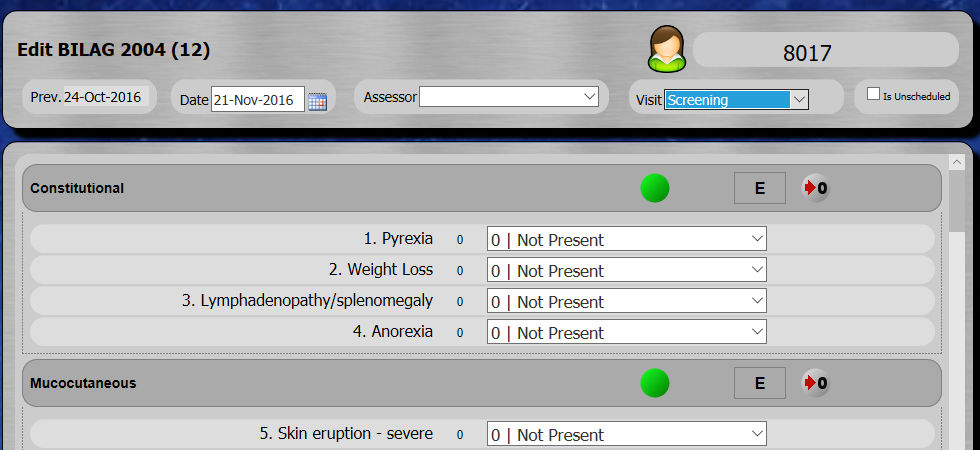Lupus Assessments
Systemic lupus erythematosus (SLE) is a multi-system, complex disease characterized by remissions and exacerbations (flares). The course of the SLE disease varies from flares to persistently active disease and from disease improvements to remissions. Being multi-system it is possible to have remissions in one system while there are flares in others. Patients with SLE may experience chronic irreversible damage, as a result of aggressive or sustained disease activity or unfortunaley due to adverse events from the medications. Activity and Damage can have a large impact on the patient's quality of life. There is no single assessment which can monitor all of these aspects, but monitoring each of these aspects is essential for the successful management of patients. The use of validated and reliable tools is therefore fundamental for the management of patients with lupus and to promote valid comparisons among patients from different centers. To facilitate such comparisons, and increase knowledge on treatments and management of the disease, it is critical to ensure standardisation of the assessments, and of their application and calculation. BLIPS is the only commercially available service designed for monitoring lupus patients, and standardising the assessors.
Learn More
1. Lupus Activity

Disease activity can be defined as a reversible clinical or laboratory manifestation, indicating the immunologic and inflammatory manifestation of organ involvement from lupus at a specific point in time. The ability to reproducibly identify, quantify and grade disease activity, whether in a clinical practice or in research settings, is of the utmost importance. Of similar importance is the index measures must be shown to be reliable and valid, as well as sensitive to change. Several indices have been developed over the years which are 'Global Indices' and others which are Organ-Specific (i.e. relate to disease activity within each organ system) .
BLIPS offers a selection of these:
BILAG, BILAG 2004
SLEDAI, SLEDAI 2k, SELENA SLEDAI
SLAM-R
CLASI
Others can be programmed into BLIPS upon request, and with the
authors permission.
2. Lupus Damage

Disease damage can be defined as irreversible manifestations resulting from sustained or agressive disease activity or as a result of adverse event relating to disease management medications. The key difference to observe is that activity is reversible, but dameage is irreversible. Damage may be caused by activity, but damage remains after the activity has ceased, and therefor can be present when there is no activity. Items denoted as damage should have been present for at least six months, but not confused with persistent activity. The most commonly used measure for damage in lupus is the Systemic Lupus International Colaborating Clinics' Damage Index, more often known ass the SLICC Damage Index, or the SDI Since damage is non-reversible it is accrued over time. The SDI has been shown to be valid and reliable in several studies and accepted as an independent outcome measure in clinical trials and mainly in longitudinal studies.
BLIPS offers SLICC Damage Index
3. Quality of Life

The Quality of Life in patients with SLE seems to be significantly worse and affects all health domains at an earlier age, in comparison with patients with other common chronic diseases. SF-36 is a generic QOL tool and the most predominantly used tool. It may be used as a universal measure to compare the quality of life in patients with SLE against patients with other deaseases. However, it has been suggested that this tool may not be sufficient to characterize the numerous dimensions in which SLE may affect a patient (e.g., infertility, physical appearance) and that it lacks one or more domains pertinent to patients with SLE (e.g., sleep, body image, sexual health). As such a Lupus specific QOL questionnaire will be more sensitive to change than generic instruments and more appropriate to evaluate specific therapeutic interventions in clinical trials. The BILAG group validated LupusQOL as the Lupus speciic QOL tool.
BLIPS offers a choice of QOL:
SF-36 and LupusQOL
Learn More
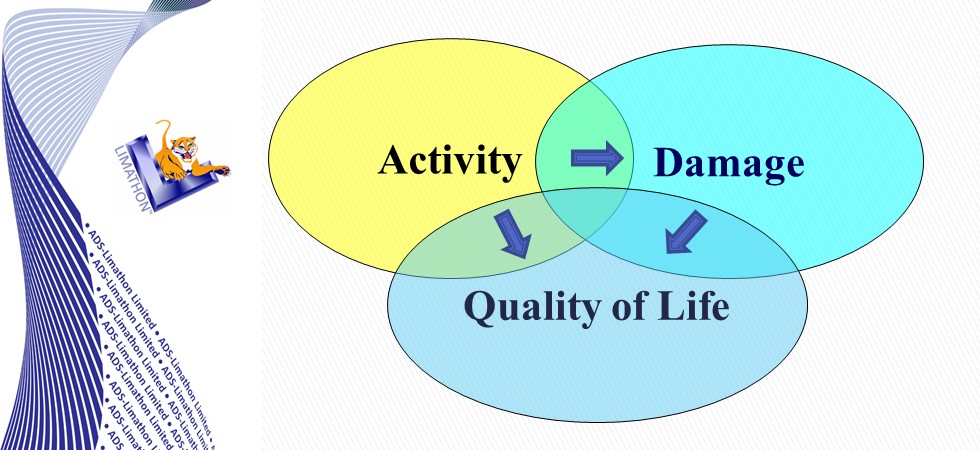
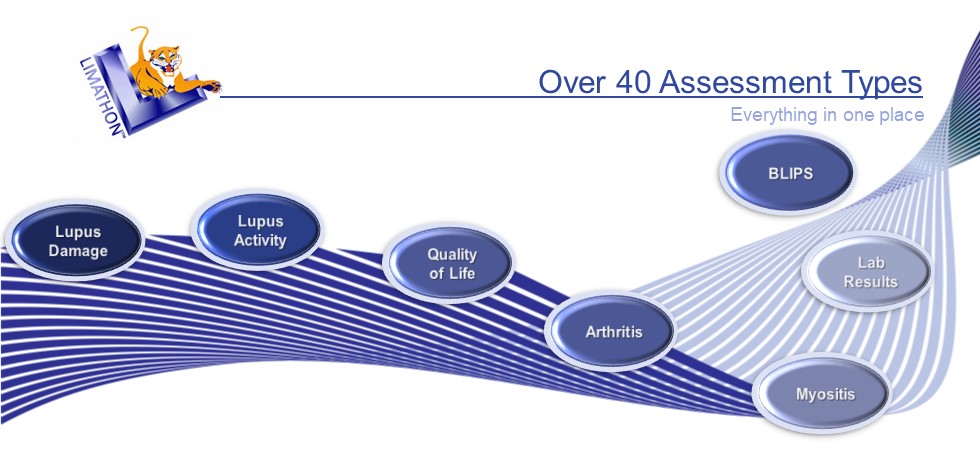
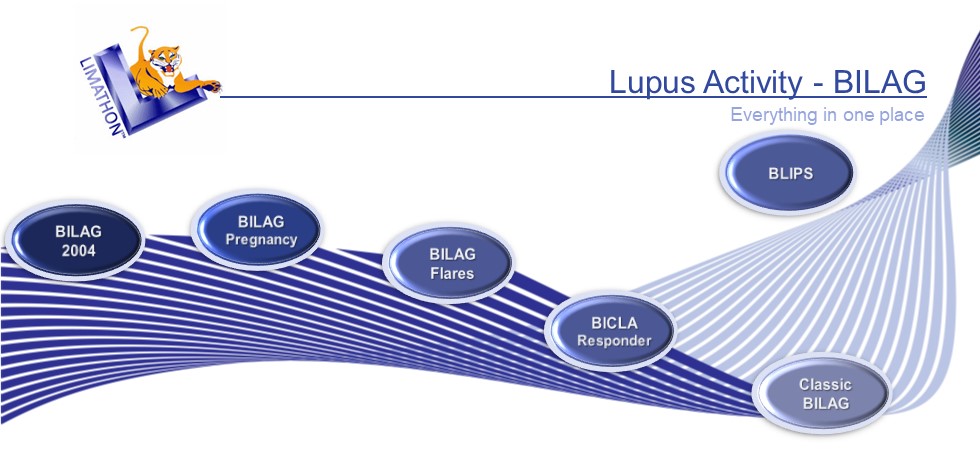
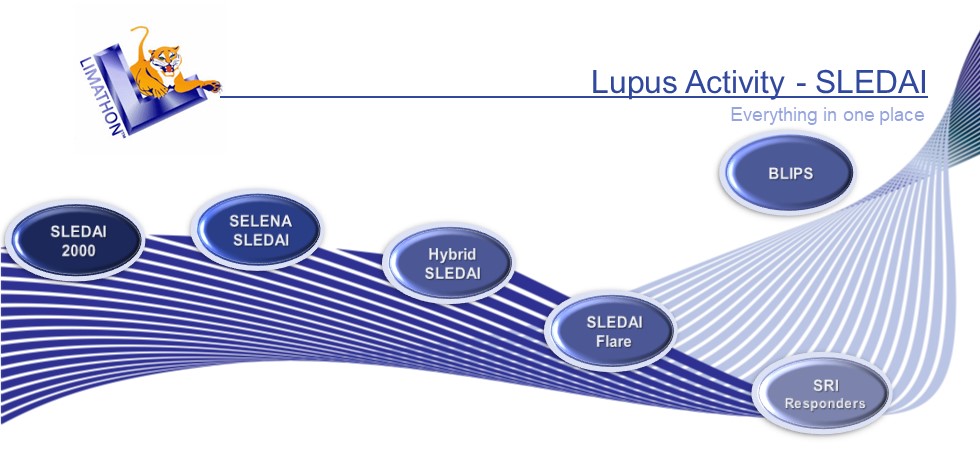
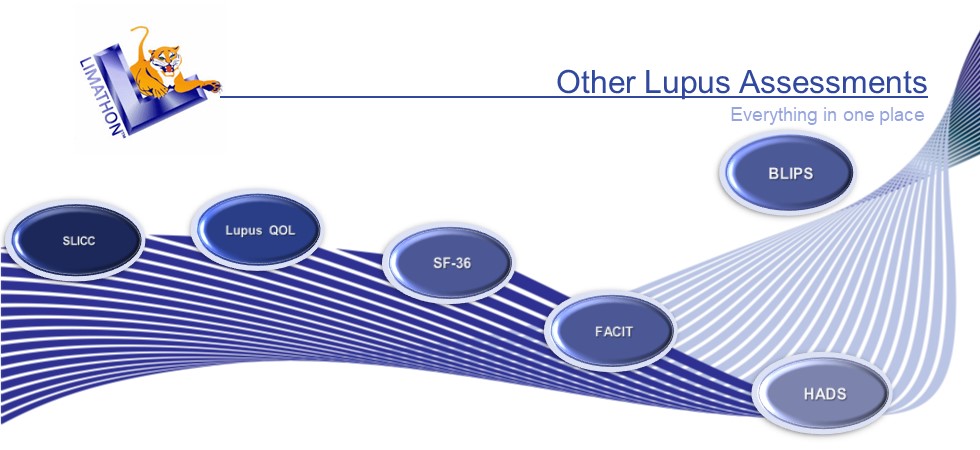
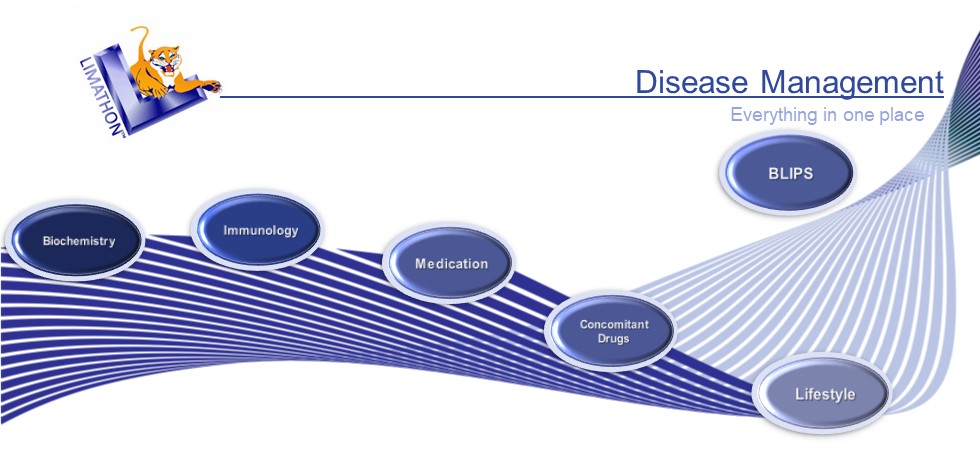
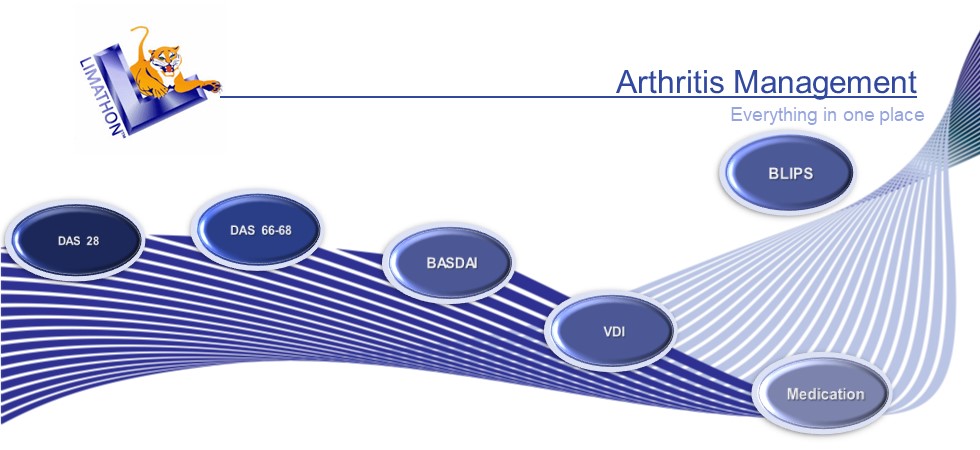

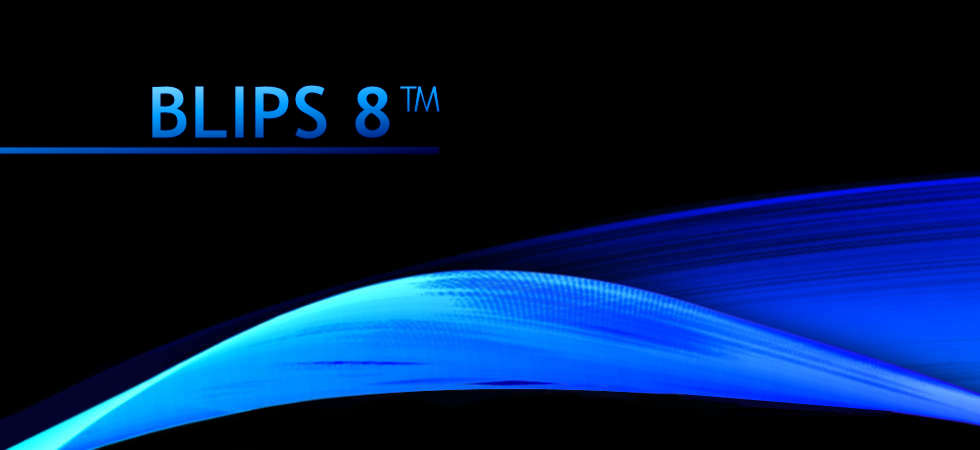
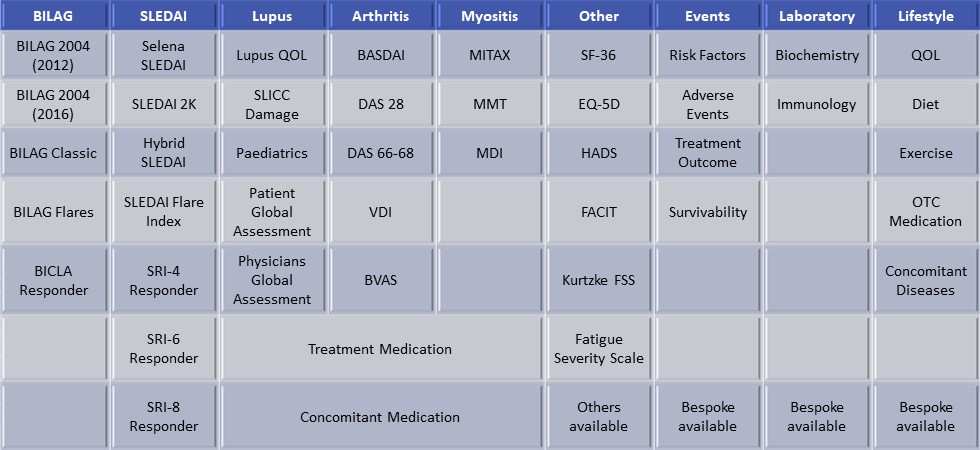
 1
1
 2
2
 3
3
 4
4
 5
5
 6
6
 7
7
 8
8
 9
9
 10
10
